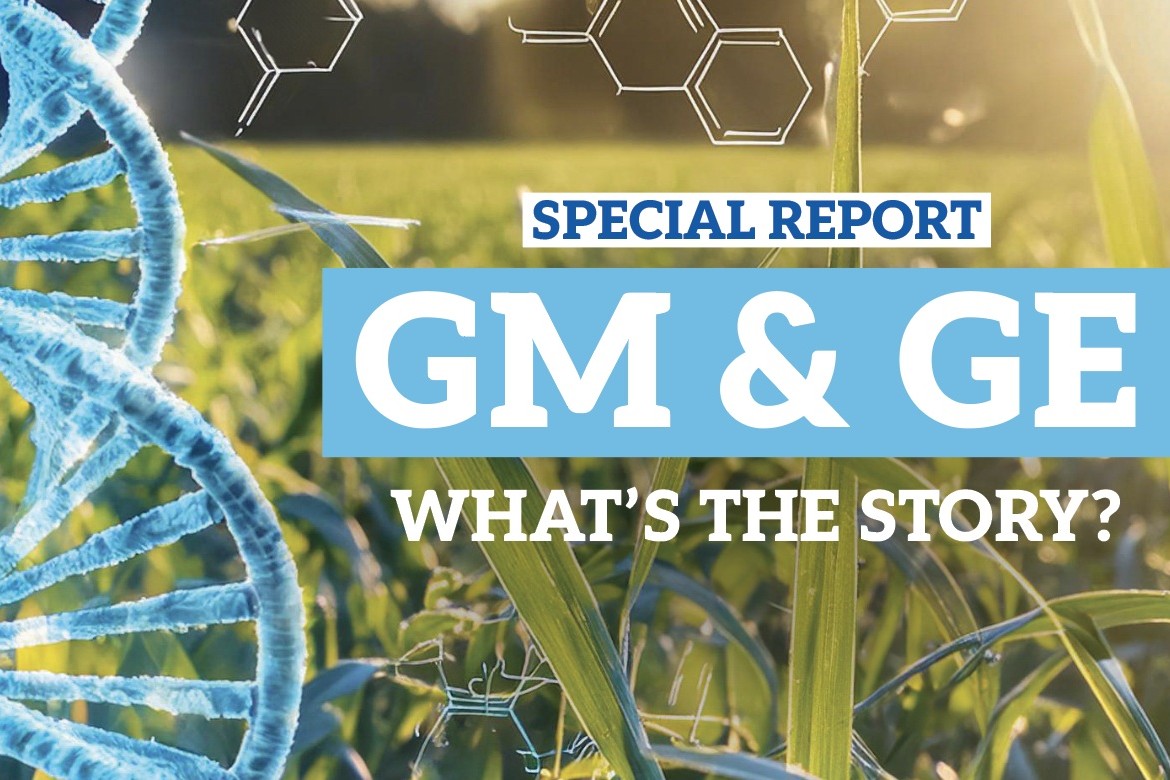Mating later but calving on the same date
The cows at the Southern Dairy Hub have dropped their calves earlier than expected. By Louise Cook.

So, you’ve had one of the best starts to the season you’ve experienced, with good numbers in milk compared to previous years and cows are milking better than ever. When we had a good look at this at the Southern Dairy Hub (SDH), it turns out the cows really have been calving much earlier than usual. Surely that’s something to celebrate?
Except, we’ve had one of the best runs of spring weather Southland has ever seen, and if this year’s calving spread landed on last year’s feed supply – we’d have encountered a serious problem trying to keep the cows fed.
The great thing about the SDH is that we have data – lots of it! When we began to drill down to understand what was going on, we noticed that many of our cows had expected calving dates earlier than our planned start of calving.
On top of that – the cows seemed impatient and have dropped out four-legged bundles on average at least one day ahead of even the earlier date.
We wanted to understand if cows having expected calving dates less than 282 days from conception is now normal, or whether we are experiencing something unusual.
We contacted our partners at LIC and discovered this is becoming the new normal.
The genetic component of gestation length is measured in the animal evaluation index and is being used to calculate the expected pregnancy length of cows.
So, for our cows, we’re seeing that this year the herd should have had an average pregnancy length of 280 days, not 282 days.
On top of that, the national bull teams are likely to contribute an average pregnancy length to their daughters of five to six days. It means, when our 2021-born girls calve next year, we’ll have an average pregnancy length of 279 days.
If you put that all together, it means our faithful old mating date – November 1, will no longer set us up for our tried-and-true planned calving date – August 10.
And this has happened really quickly across the industry.
Older cows haven’t had this as a pattern, but the younger age groups coming through have much shorter gestation lengths.
Because these younger cows make up such a large percentage of the herd, it’s been an exponential acceleration of calving rate across the national herd.
Most of us know that days in milk is key to animal performance, but we usually try to get it by focusing on a more compact calving spread, not by calving a little bit earlier year on year. More to the point – there’s a big question here around the feed budget and making sure we have enough feed on-hand earlier in the season to get us through to balance date.
This seems like simple maths, until you work it out at a big-picture level.
Calving three days earlier, means an extra three days in milk before balance date for the whole herd. Average feed levels of 18kg/cow by that time, for 730 cows equals about 40 tonnes of feed.
We can’t carry that as pasture cover effectively and minimise damage in a wet Southland spring. If we have it as supplement instead, that’s a lot of feed for cows in early lactation (up to 7kg/cow). T
he alternative is that we shuffle mating date back by a couple of days and try to keep cows calving around our normal August 10, where we know our feed supply/demand balance is more in sync.
This also means, cows have on average an extended interval between calving and mating to get ready to get back in calf and this should aid us in keeping our calving spread nice and tight.
At SDH, we’ve chosen a little of both options. We’re mating two days later this year and are more aggressive with our feed planning for spring.
What we know is that things have changed, so our advice is pull out your Farm Plan and give it a refresh with consideration of changing gestation dates. This will definitely help you achieve optimum spring performance. At SDH, we’ll continue to collect data and share it with you.
Please keep an eye on the Southern Dairy Hub Facebook page, website, attend one of our Field days, or contact us directly if you want more insights.





